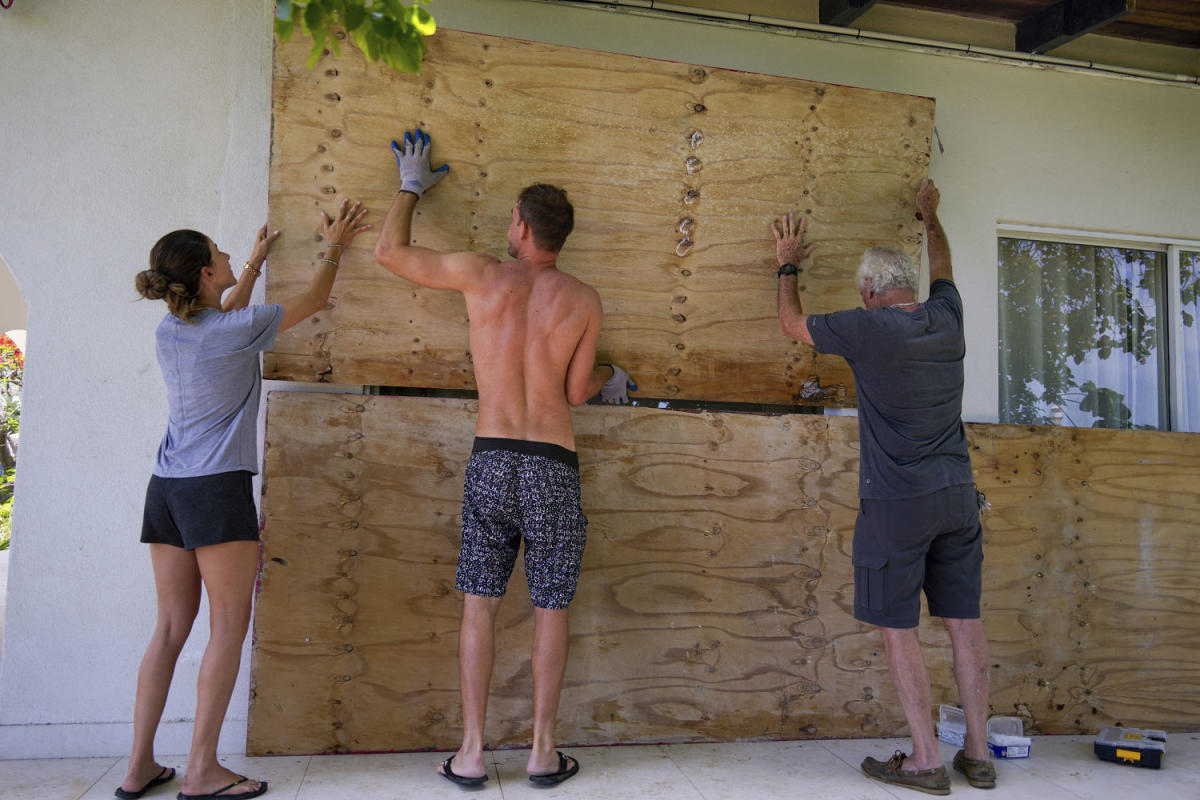Hurricane Beryl breaks records, wreaking havoc across the southeastern Caribbean.
On Sunday, Beryl became the first Category 4 storm to form in the Atlantic Ocean in June. No storm has ever reached Category 4 intensity this early in the hurricane season, which runs from June 1 to November 30. The previous record was held by Hurricane Dennis, which hit Cuba as a Category 4 storm on July 8, 2005.
Hurricane Beryl made landfall on the island of Carriacou on Monday and is expected to bring heavy rains, life-threatening wind gusts and storm surges to the Windward Islands, including Grenada, St. Vincent and Martinique, before moving further west in the coming days.
During a press conference, Grenada’s Prime Minister Dickon Mitchell said Hurricane Beryl had devastated Carriacou within half an hour, but there were no reports of confirmed injuries or deaths so far.
This year’s hurricane season is shaping up to be an unusually busy one, according to the National Oceanic and Atmospheric Administration. The agency’s May outlook predicted eight to 13 hurricanes in what meteorologists said was likely to be an “exceptional” season.
Unusually warm water in the Atlantic Ocean contributed to Hurricane Beryl, which is only the third major hurricane (classified as Category 3 or higher) ever recorded in the Atlantic basin in June.
The storm is also the first major hurricane in 58 years. The last was Hurricane Alma, which reached Category 3 status on June 8, 1966.
According to the National Hurricane Center, the first major hurricane of the season typically forms in late August or early September.
The strength of Hurricane Beryl is also notable. Several studies have shown that while climate change will not necessarily increase the total number of hurricanes per year, warmer ocean temperatures will strengthen the hurricanes that do form.
Beryl strengthened from a tropical depression to a major hurricane in just 42 hours, an astonishing pace. The storm’s rapid intensification was facilitated by warm water on the ocean’s surface, which acts as fuel for developing storms. (The National Hurricane Center defines “rapid intensification” as an increase in sustained wind speeds of at least 35 mph over a 24-hour period.)
Scientists say the process of rapid intensification is becoming more common as sea surface temperatures rise due to climate change.
Since 2010, several major hurricanes have undergone this process, including Dorian in 2019, which increased its peak winds from 150 mph to 185 mph in just nine hours. Hurricane Ian in 2022 went through two periods of rapid intensification before making landfall in southwest Florida.
A 2017 study found that storms with sustained wind speeds increasing by 70 mph in 24 hours are expected to occur about once every 100 years. But if current levels of greenhouse gas emissions remain unchanged, storms with that level of intensification could occur every five to 10 years by the year 2100.
A rapid increase in storm strength is a major problem because storms that quickly increase in strength often cause more destruction and can strike before people have time to evacuate or make adequate preparations.
Climate change is also causing more destructive hurricanes in general, as a warmer atmosphere can hold more moisture. That can lead to storms that produce heavier rainfall, which can cause catastrophic flooding.
This article was originally published on NBCNews.com







